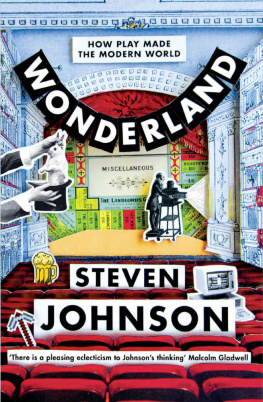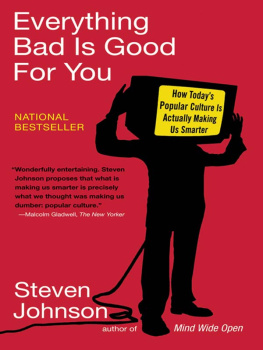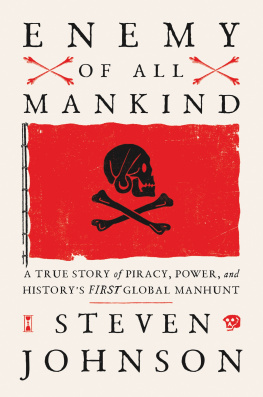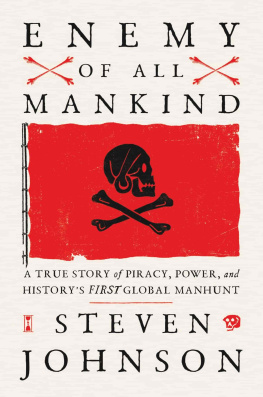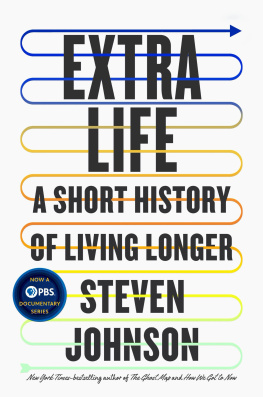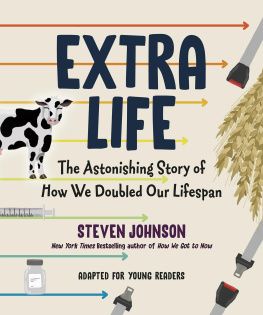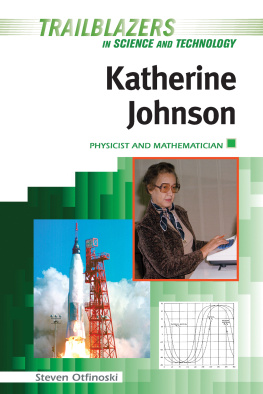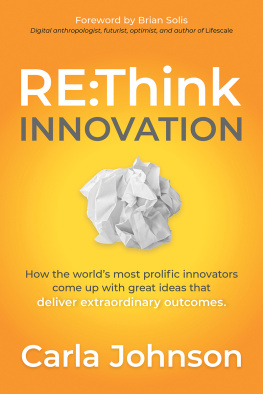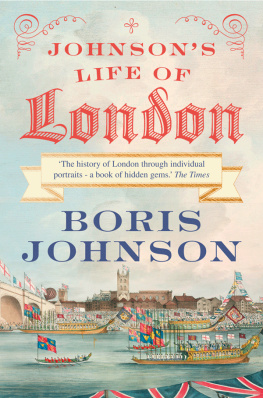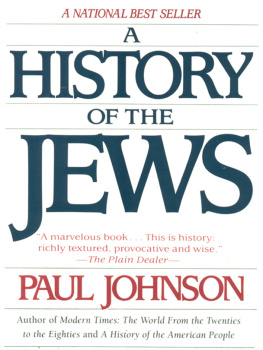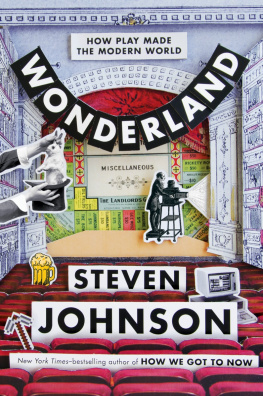
For Eric
Those mechanical wonders which in one century enriched only the conjurer who used them, contributed in another to augment the wealth of the nation; and those automatic toys, which once amused the vulgar, are now employed in extending the power and promoting the civilization of our species. In whatever way, indeed, the power of genius may invent or combine, and to whatever low or even ludicrous purposes that invention or combination may be originally applied, society receives a gift which it can never lose; and though the value of the seed may not be at once recognized; and though it may lie long unproductive in the ungenial till of human knowledge, it will some time or other evolve its germ, and yield to mankind its natural and abundant harvest.
D AVID B REWSTER ,
Letters on Natural Magic
Toys and games are the preludes to serious ideas.
C HARLES E AMES
CONTENTS

Introduction
At Merlins You Meet with Delight
I n the early years of the Islamic Golden Age, around 760 CE, the new leader of the Abbasid Dynasty, Abu Jafar al-Mansur, began scouting land on the eastern edge of Mesopotamia, looking to build a new capital city from scratch. He settled on a promising stretch of land that lay along a bend in the Tigris River, not far from the location of ancient Babylon. Inspired by his readings of Euclid, al-Mansur decreed that his engineers and planners should build a grand metropolis at the site, constructed as a nested series of concentric circles, each ringed with brick walls. The city was officially named Madinat al-Salam, Arabic for city of peace, but in common parlance it retained the name of the smaller Persian settlement that predated al-Mansurs epic vision: Baghdad. Within a hundred years, Baghdad contained close to a million inhabitants, and it was, by many accounts, the most civilized urban environment on the planet. Every household was plentifully supplied with water at all seasons by the numerous aqueducts which intersected the town, one contemporary observer wrote, and the streets, gardens and parks were regularly swept and watered, and no refuse was allowed to remain within the walls. An immense square in front of the imperial palace was used for reviews, military inspections, tournaments and races; at night the square and the streets were lighted by lamps.
More significant, though, than the elegance of Baghdads broad avenues and lavish gardens was the scholarship sustained inside the Round Citys walls. Al-Mansur founded a palace library to support scholars and funded the translation into Arabic of science, mathematics, and engineering texts originally written in the days of classical Greeceworks by Plato, Aristotle, Ptolemy, Hippocrates, and Euclidalong with Hindu texts from India that contained important advances in trigonometry and astronomy. (These translations eventually turned out to be a kind of lifeboat for these ancient ideas, keeping them in circulation through the European Dark Ages.) A few decades later, under the leadership of al-Mansurs son, al-Manum, a new institution took root inside Baghdads walls, a mix of library, scientific academy, and translation bureau. It became known as Bayt al-Hikma: the House of Wisdom. For three hundred years, it was the seat of Islamic scholarship, until the Mongols sacked Baghdad in the siege of 1258, destroying the books from the House of Wisdom by submerging them in the Tigris.
In the first years of the House of Wisdom, al-Manum commissioned three talented brothers, now known as the Banu Musa, to write a book describing classical engineering designs inherited from the Greeks. As the project evolved, the Banu Musa expanded their brief to include their own designs, showcasing the advances in mechanics and hydraulics that surrounded them in Baghdads flourishing intellectual culture. The work they eventually published, The Book of Ingenious Devices, now reads like a prophesy of future engineering tools: crankshafts, twin-cylinder pumps with suction, conical valves employed as in-line componentsmechanical parts centuries ahead of their time, all represented in detailed schematics. Two centuries later, the Banu Musas work inspired an even more astonishing project, written and illustrated by the Islamic engineer al-Jazari, The Book of the Knowledge of Ingenious Mechanisms. It contained stunning illustrations, adorned with gold leaf, of hundreds of machines, with careful notes explaining their operational principles. Float valves that prefigure the design of modern toilets, flow regulators that would eventually be used in hydroelectric dams and internal combustion engines, water clocks more accurate than anything Europe would see for four hundred years. The two books contain some of the earliest sketches of technology that would become essential components in the industrial age, enabling everything from assembly-line robots to thermostats to steam engines to the control of jet airplanes.
These two books of ingenious machines deserve a prominent place in the canon of engineering history, in part as a corrective to the too-frequent assumption that Europeans single-handedly invented most modern technology. But there is something else about these two books that doesnt quite fit the standard account of groundbreaking scientific work, something that is immediately visible to the nonengineer flipping through their pages. The overwhelming majority of the mechanisms illustrated in the two volumes are objects of amusement and mimicry: fountains that spout water in rhythmic bursts; mechanical flute players; automated drumming machines; a peacock that dispenses water when you pull its feathers and then proffers a miniature servant with soap; a boat filled with robotic musicians that can serenade an audience while floating in a lake; a clock built into the shape of an elephant that chimes on the half hour.
There is a puzzle lurking in the genius of the Banu Musa and al-Jazari. How can it be that such advanced engineering expertise should be devoted to toys? The revolutionary ideas diagrammed in the pages of these ancient books would eventually transform the industrial world. But those ideas first came into being as playthings, as illusions, as magic.
Fast-forward a thousand years. The mechanical amusements first diagrammed by al-Jazari and the Banu Musa have become profitable entertainment across Europe, nowhere more so than in the streets of London, which teem with spectacles and curiosities. By the early 1800s, a bustling new industry of illusion has taken root in the West End. Robert Barkers immersive Panorama dazzles audiences with a simulated 360-degree rooftop view of the city; at the Lyceum Theatre, Paul de Philipsthal terrifies spectators with his multimedia spook show, the Phantasmagoria. An exhibit of wax statues, curated by a certain Madame Tussaud, premieres at the Lyceum, but isnt a hit. (Tussaud wouldnt create her famous museum for another thirty years.) In Hanover Square, just south of Oxford Street, a Swiss inventor and showman with the delightful name John-Joseph Merlin runs an eclectic establishment known as Merlins Mechanical Museum. In modern terms, Merlins shop is a kind of hybrid between a science museum, a gaming arcade, and a maker lab. You can marvel at moving mechanical dolls, try your luck at gambling machines, and enjoy the sweet melodies of music boxes. But Merlin is not simply an impresario; he is also a mentor of sorts, encouraging the young amateurs of mechanism to try their own hands at invention.
Next page
